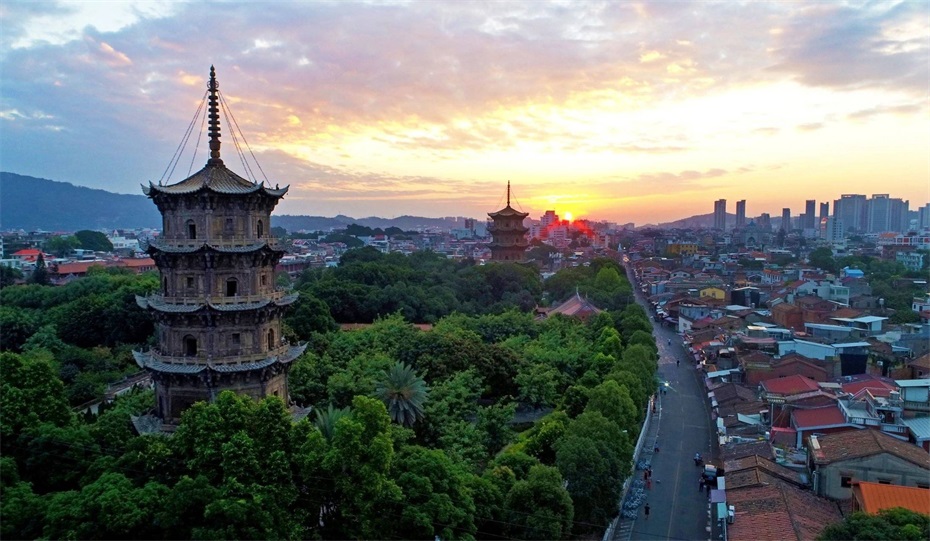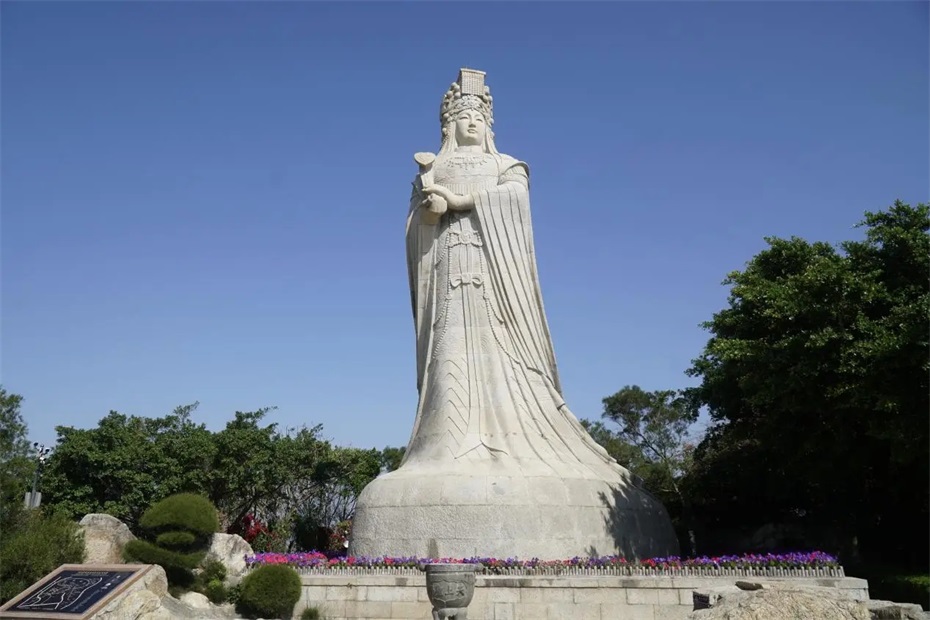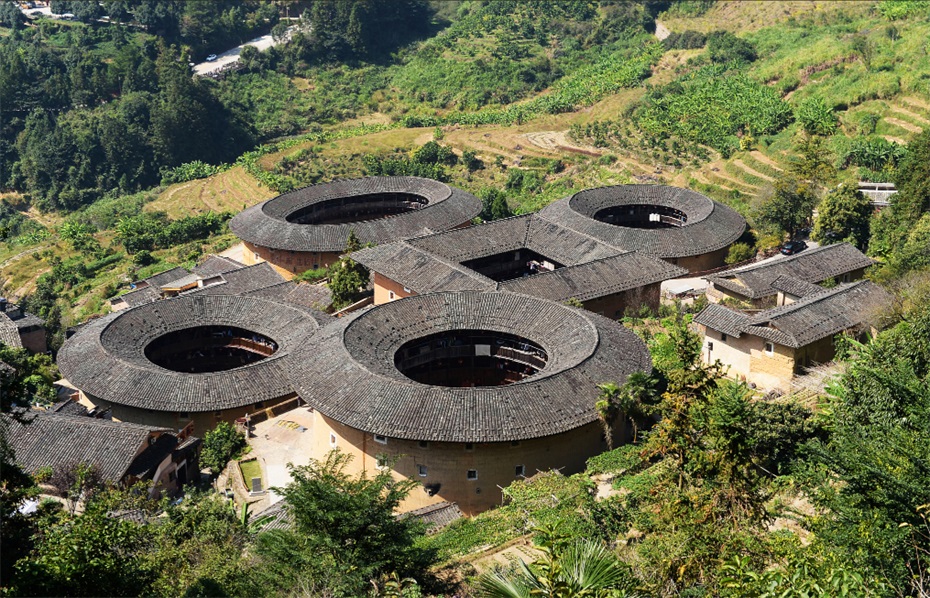Fujian Province
Overview of Fujian Province

Fujian Province, abbreviated as "Min", is located on the southeast coast of China, facing Taiwan across the sea. It is an important gateway for China's opening up to the outside world and the core area of the Maritime Silk Road. The province has a land area of 124000 square kilometers and a sea area of 136000 square kilometers, with 9 prefecture level cities under its jurisdiction and a permanent population of 41.87 million people (2022 data). In 2022, the total regional GDP of the province will reach 5.31 trillion yuan, with per capita GDP ranking among the top in the country, and the economic growth rate will continue to maintain a leading position in the country.
Fujian Province currently governs 9 prefecture level cities, including Fuzhou (provincial capital), Xiamen, Putian, Sanming, Quanzhou, Zhangzhou, Nanping, Longyan, and Ningde. Among them, Xiamen is an economic special zone and a sub provincial city. As the first ecological civilization experimental zone in China, Fujian has maintained the highest forest coverage rate in the country for 44 consecutive years. It is known as the "Eight Mountains, One Water, and One Field" and is also a famous hometown of overseas Chinese and the main ancestral home of Taiwanese compatriots.
2Īó Geographical features
1. Location characteristics
Fujian Province is located between 23 ĪŃ 33 Īõ -28 ĪŃ 20 Īõ N latitude and 115 ĪŃ 50 Īõ -120 ĪŃ 40 Īõ E longitude. It borders Zhejiang to the northeast, Jiangxi to the northwest, Guangdong to the southwest, and Taiwan across the Taiwan Strait to the southeast. The coastline of the province is 3752 kilometers long, ranking second in the country, with 2214 islands.
2. Terrain and landforms
The terrain of the province is mainly mountainous and hilly
West: Wuyi Mountains (the main peak, Huanggang Mountain, is 2158m above sea level)
Central region: Jiufeng Mountain, Daiyun Mountain and other mountain ranges
Eastern region: coastal hills and plains
The largest plain: Zhangzhou Plain (with an area of 566 square kilometers)
3. Water system distribution
Minjiang River system: the largest river in the province
Jiulong River system: the main river in southern Fujian
Tingjiang River System: Hakka Mother River
Jinjiang River System: Major Rivers in Quanzhou Region
4. Climate characteristics
Belonging to subtropical oceanic monsoon climate:
Annual average temperature: 17-21 Īµ
Annual precipitation: 1400-2000 millimeters
Significant features: Warm and humid, frequent typhoons
3Īó Historical context
1. Origin of Civilization
Neolithic Age: Tanshishan Culture (5000 years ago)
Pre Qin period: the activity area of the Minyue ethnic group
During the Han and Jin dynasties, Ye County (predecessor of Fuzhou) was established
2. Organizational history
Tang Dynasty: Establishment of Fujian Observation Commissioner, named after 'Fujian'
Song Dynasty: Quanzhou became the largest port in the East
Ming Dynasty: Zheng He's voyages to the West and stationed in Changle
Qing Dynasty: Xiamen became one of the five trading ports
3. Modern and Contemporary Development
After 1840: Fuzhou and Xiamen opened ports
During the Republic of China period: Revolutionary Base Area in Western Fujian
Reform and Opening up: Establishment of Xiamen Special Economic Zone
21st Century: Construction of the Economic Zone on the West Coast of the Taiwan Strait
4Īó Cultural Essence
1. Multicultural integration

Hakka Culture: The Tradition of Central Plains Immigrants
Mazu Culture: World Intangible Cultural Heritage
Shipbuilding Culture: Pioneer of Modern Industrial Civilization
2. Intangible Cultural Heritage
Traditional Drama: Min Opera, Pear Garden Opera, Gaojia Opera
Folk art: Shoushan stone carving, Dehua white porcelain
Traditional skills: Wuyi rock tea making, Fuzhou bodice lacquerware
Folk Culture: Sending the King's Ship in Minnan, March 3rd of the She Ethnic Group
3. Dialect characteristics
Min Dong dialect: Fuzhou and other places
Minnan dialect: Xiamen, Quanzhou, Zhangzhou
Hakka dialect: parts of Longyan and Sanming
Puxian dialect: Putian area
5Īó Tourist destinations
1. World Heritage Sites

The Earthen Building in Fujian Province (World Cultural Heritage)
Gulangyu: Historical International Community
Taining Danxia (part of China Danxia)
2. 5A level scenic spot
Gulangyu Scenic Area in Xiamen
Nanping Mount Wuyi Scenic Spot
The Earthen Building in Fujian Province (Yongding
simliy
